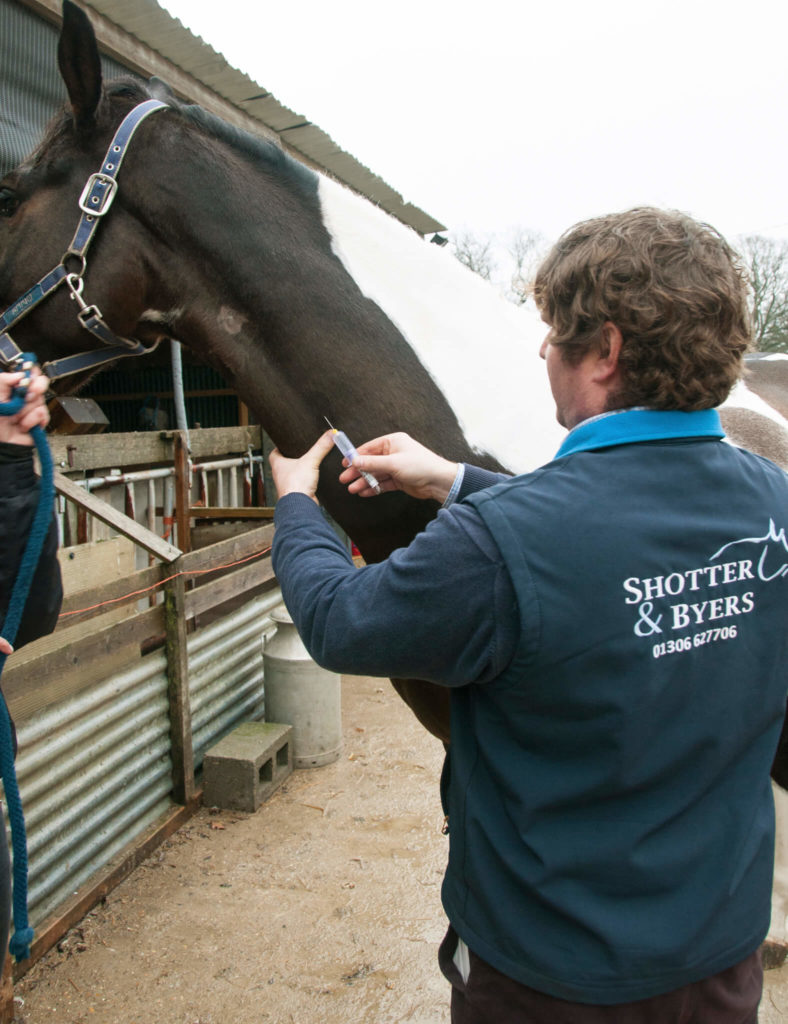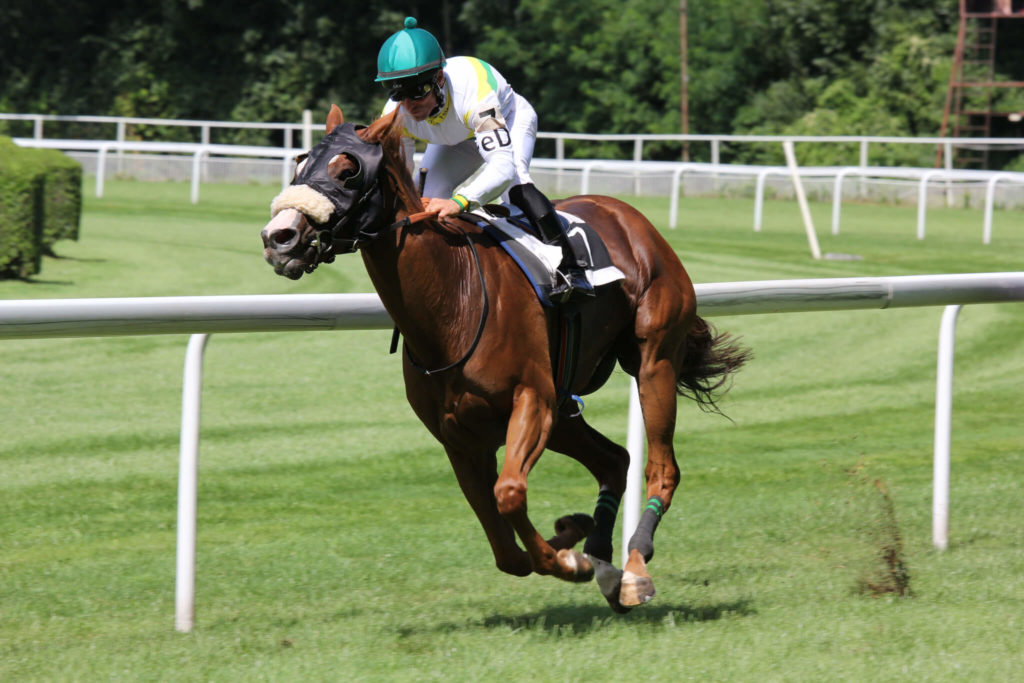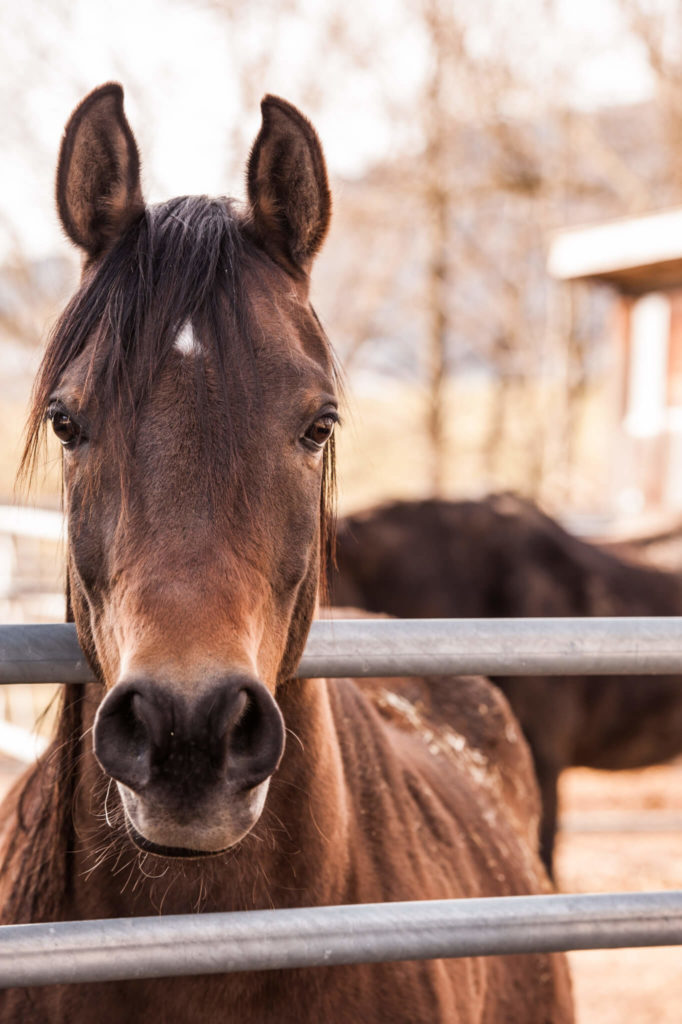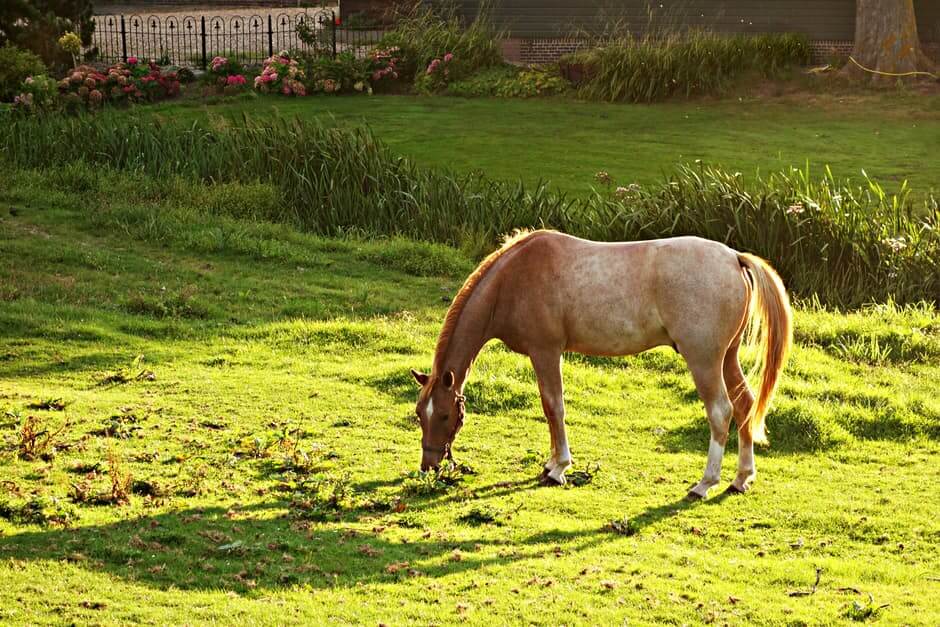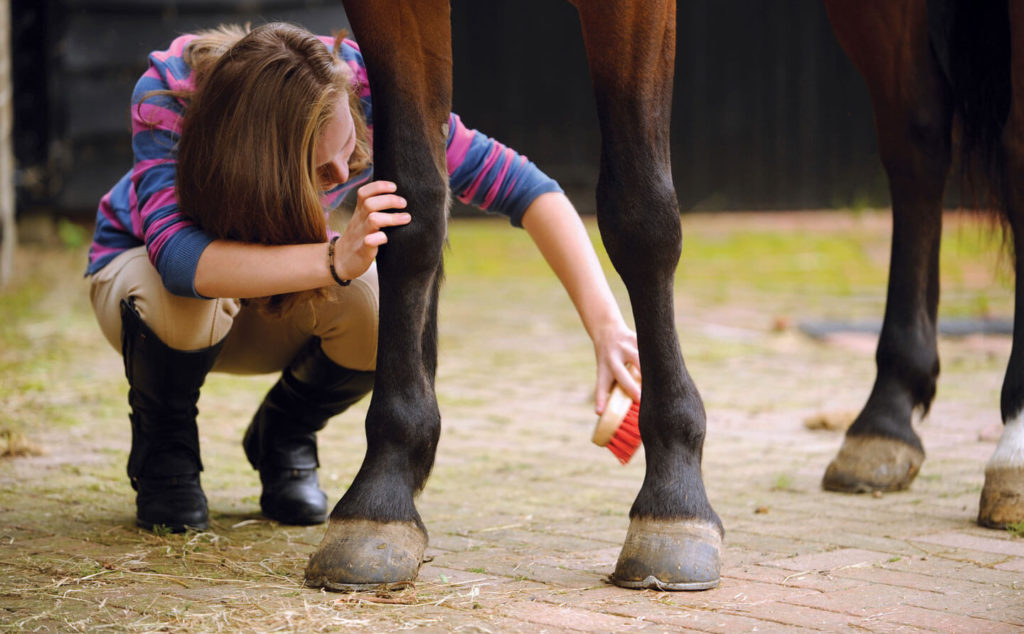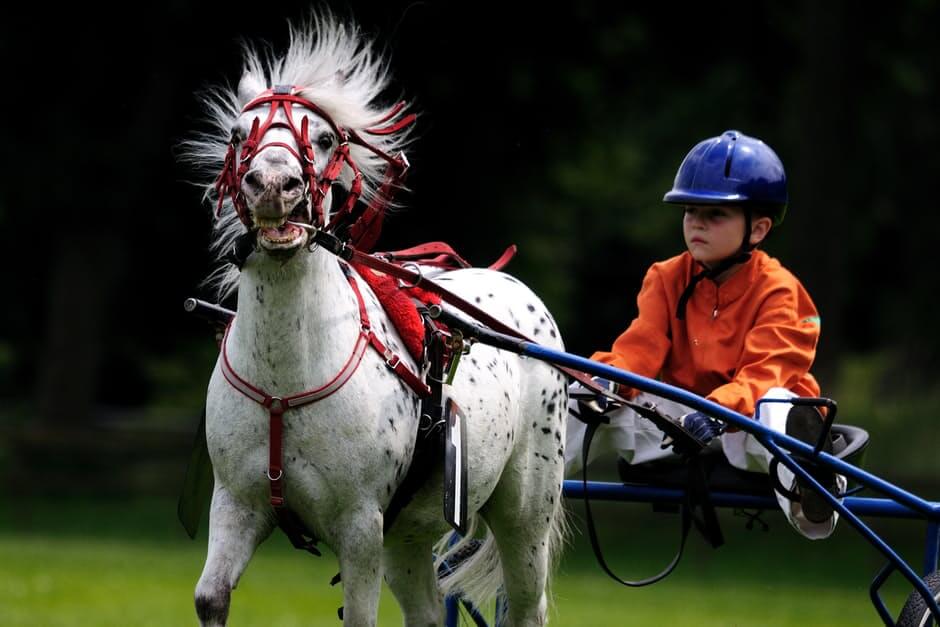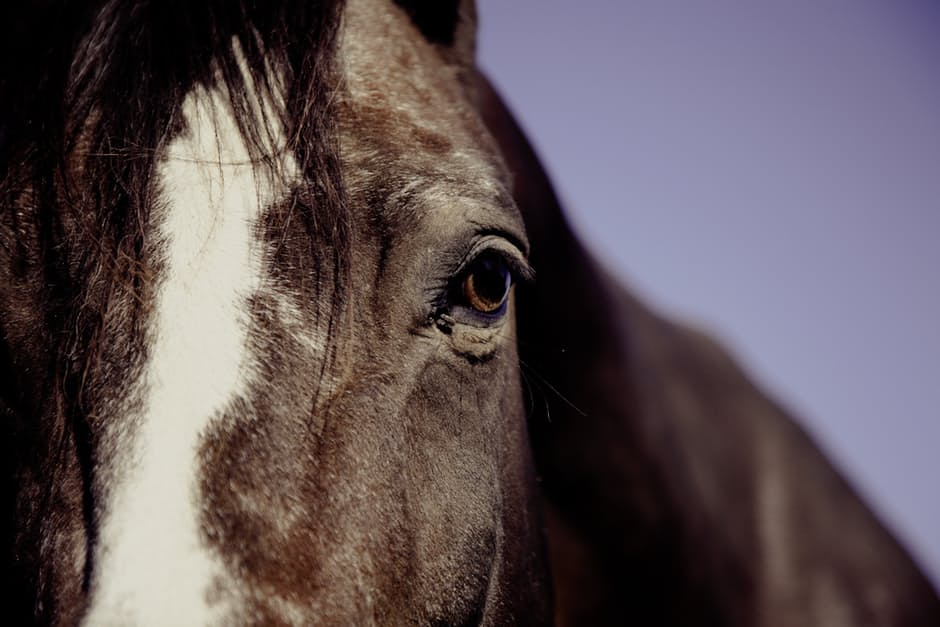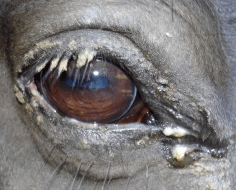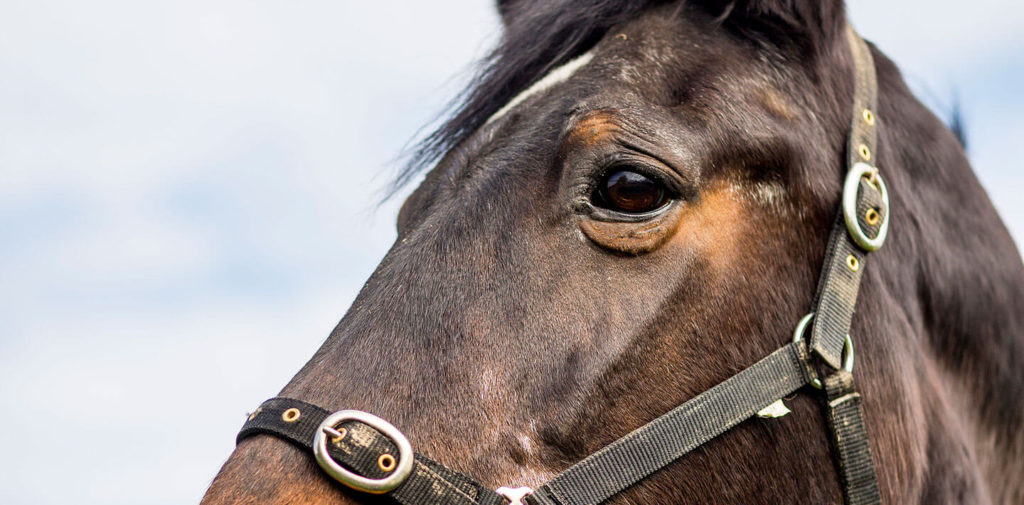Equine Metabolic Syndrome – Feeding
What should I feed my horse with Equine Metabolic Syndrome
The goals of treatment are:
- Induce weight loss in obese horses
- Improve insulin sensitivity through weight loss, diet and exercise
- Avoid dietary triggers for laminitis
Help your horse lose weight
Main methods of weight loss are:
- Calorie control/ reduction
- Reduce dietary glucose
- Increase exercise if possible
A weight loss of 500-700g a day and a loss of 1-2 Body Condition Score points over 12 weeks can be expected with a reasonable weight loss program.
Firstly, eliminate or greatly reduce pasture access. Turning out horses during early morning, on cloudy days, shady paddocks or using a grazing muzzle can help reduce their carbohydrate intake. However, access to pasture is risky for metabolic horses so it may be safer to remove all grazing while on a weight loss program.
Without any access to grazing, metabolic horses should be fed no less than 1.2% of their bodyweight of a moderate quality grass hay divided into multiple meals.
Soaking grass hay for 30 minutes in hot water or 60 minutes in cold water can reduce the soluble carbohydrate levels further. However it should be noted that this can also remove other nutrients from the hay which should be replaced with a supplement or small amount of low starch hard feed.
Even without soaking their hay, a mineral supplement or low starch ration balancer may still be of benefit while on a reduced feed ration to ensure all your horses’ nutritional requirements are met. Our Multi Vitamin Supplement was designed with this scenario in mind.
You should monitor their weight loss closely using Body Condition Scoring (BCS) and a weigh tape so you can adjust the diet accordingly. (See BCS post)
For metabolic horses you should aim for a final BCS between 4-5, with the more chronically laminitic horses being maintained closer to 4. Some ponies may never reach a 5 or less making 6 acceptable.
Once this target is reached the forage portion of their diet can increased to 1.5-2 percent of their bodyweight to maintain their weight and prevent any gains or further loses.
Once a metabolic horse has been stabilised they may tolerate some grazing, providing they are monitored closely for signs of EMS.
Gaining Weight
If your metabolic horse needs to gain weight, the extra calories should come from an increase in dietary fibre and fat. This can be done by increasing their hay ration or adding in a low starch hard feed. The addition of oil (such as canola/corn oil) can be a great way to increase the calories from fat within your horses’ diet, starting with a quarter cup and slowly increasing it to around one cup a day.
If you have any questions regarding your horse and metabolic disease or any other topics please call us today.
Equine Metabolic Syndrome – Feeding Read More »
